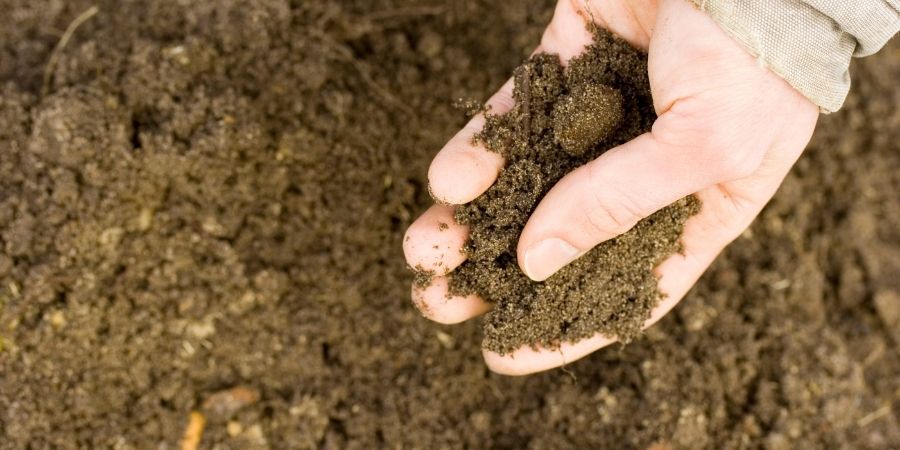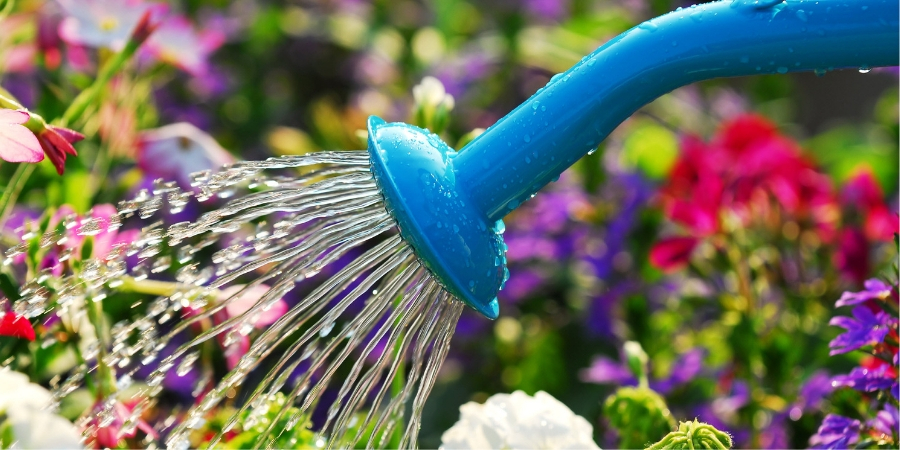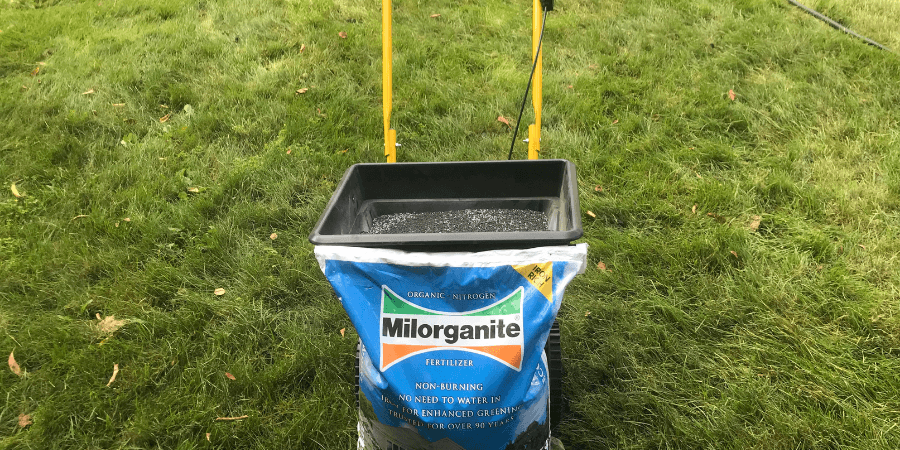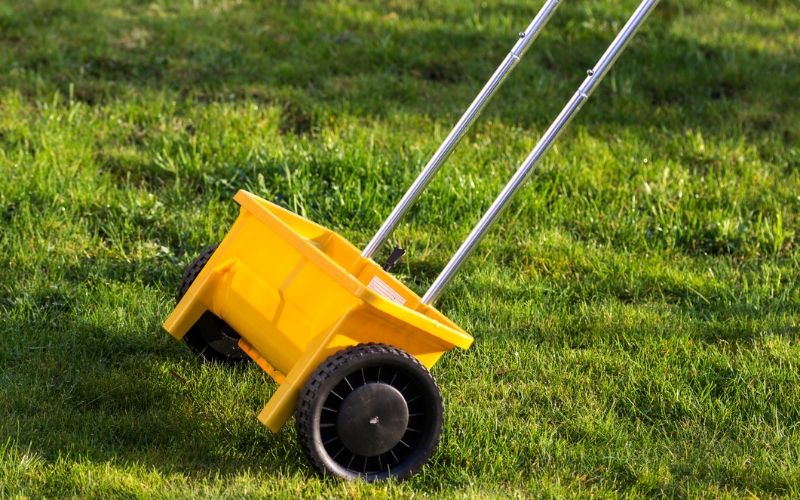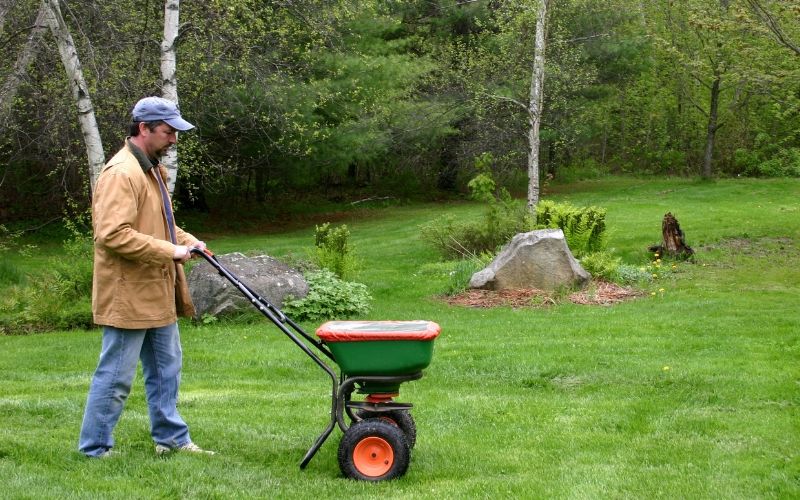Fertilizer Basics
When there’s food in the pantry, it’s available to eat. When the food is gone, it’s time to replenish the pantry. The same is true for soil and plants.
Most soils don’t provide the essential nutrients plants require for optimum growth. Even if you’re lucky enough to have a yard and garden with nutrient-rich soil, as time passes plants absorb the nutrients and reduce the soil’s fertility. Fertilizers replenish lost nutrients to ensure your plants have the food needed to flourish.
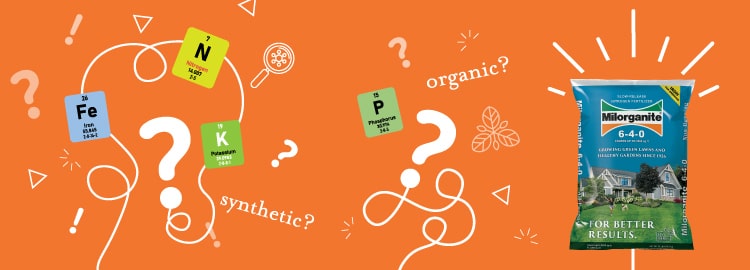
Fertilizing Really IS Better for the Environment
Research conducted at the University of Minnesota demonstrated that well-maintained, properly fertilized lawns are actually better for the environment than non-fertilized lawns. The resulting healthy root systems do a better job of holding soil in place than root systems of non-fertilized lawns. Unfertilized lawns lose density, leading to erosion and increased phosphorus runoff.
Another study conducted by the University of Wisconsin–Madison, concluded that there were less nitrogen and phosphorus in the runoff water collected from Kentucky bluegrass fertilized with Milorganite and synthetic fertilizer compared to turf that wasn’t fertilized at all.
What is N-P-K?
Every fertilizer, organic-based or synthetic, has an N-P-K analysis on the bag. The letters are the chemical abbreviations for each nutrient, nitrogen (N), phosphorus (P), and potassium (K). The numbers indicate the percent of each nutrient in that bag. If there’s a zero, there may be less than 1% of that nutrient. The N-P-K analysis for Milorganite, for example, is 6-4-0: 6% nitrogen; 4% phosphorus; and, 0% potassium, indicating there is less than 1% potassium.
Organic vs. Synthetic Fertilizers
Synthetically derived fertilizers are manufactured from minerals, gasses from the air and inorganic waste materials. Fertilizers derived from organic sources obtain their nutrients from natural sources such as microbes, organic waste, and other similar materials.
There are several distinctions between organic and synthetic fertilizers. The nutrient sources differ and are released differently, which impacts how often either needs to be applied. Benefits to the soil and the potential for leaching and runoff also differ.
Essential Plant Nutrients
Plants require six primary nutrients. The first three—carbon, hydrogen, and oxygen—are acquired from the air and water. The other three—nitrogen, phosphorus, and potassium—come from varying sources, including fertilizer.
| Nutrient | Nutrient Properties |
|---|---|
| N - Nitrogen | Supports overall plant health and above-ground growth. Accelerates growth, deepens green color in grasses and plant foliage. Too much makes plants grow quicker than their roots can support, weakening plants. |
| P - Phosphorus | Essential for strong root development. Improves flowering, blooming, fruit growth and seed production. Proper amounts promote disease resistance. |
| K - Potassium | Necessary for optimum plant health. Plays more of a behind-the-scenes role compared to nitrogen or phosphorous. Improves water retention and disease resistance, and protects plants from cold. |
Primary, Secondary, and Micronutrients
As mentioned, there are three essential or “primary” nutrients—nitrogen (N), phosphorus (P), and potassium (K)—which are most often replenished through fertilizer.
There are also three “secondary” nutrients—calcium (Ca), sulfur (S), and magnesium (Mg)—which plants need in moderate amounts.
Then there are “micronutrients” that, as the name suggests, plants need in only very small quantities and, in fact, most soils contain sufficient amounts of each. The micronutrients include: boron (B); copper (Cu); iron (Fe); chloride (Cl); manganese (Mn), molybdenum (Mo); and, zinc (Zn).
One way to ensure there are enough micronutrients is by applying recycled organic matter. It can be as simple as leaving grass clippings on your lawn or chopping up leaves with your mower to about the size of a quarter and also leaving them on the lawn.
Lawn Articles
Lawn Care Videos
Related Lawn Tips
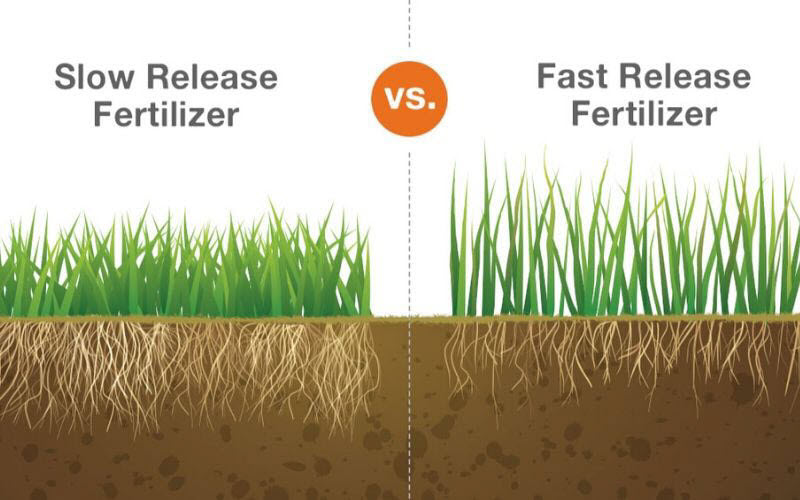
Organic vs. Synthetic Fertilizer
Learn the differences and benefits of organic and synthetic fertilizers.

